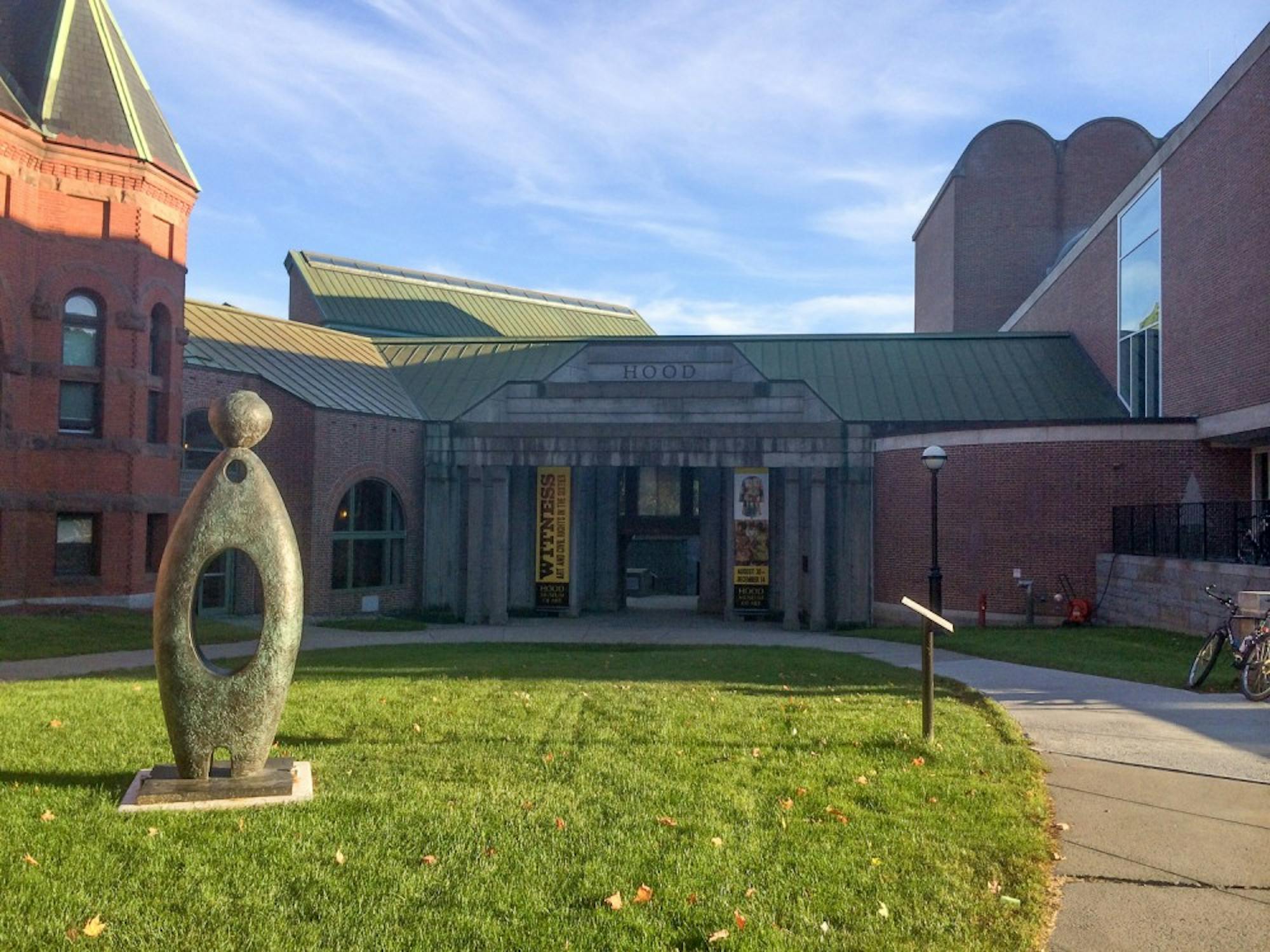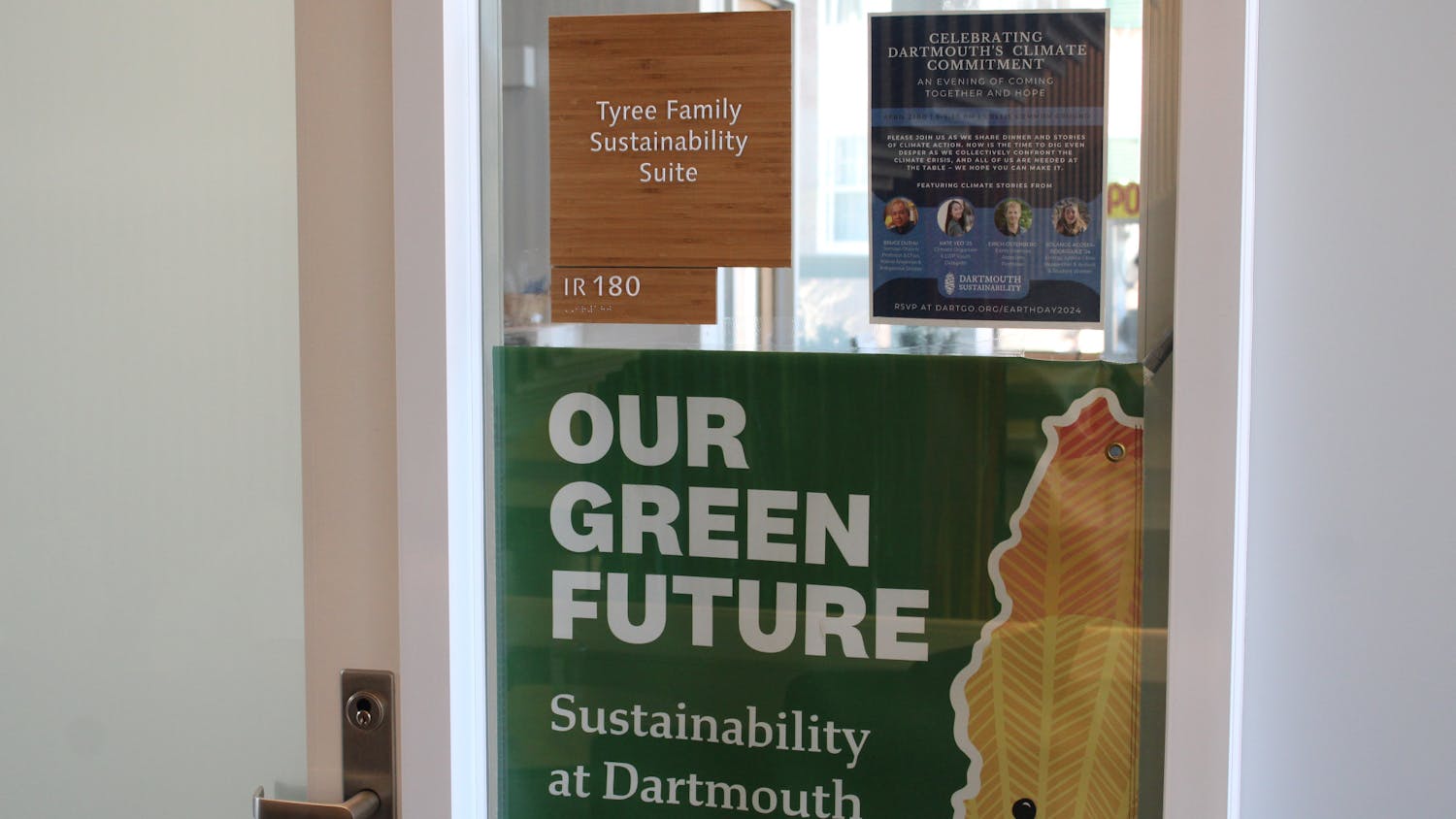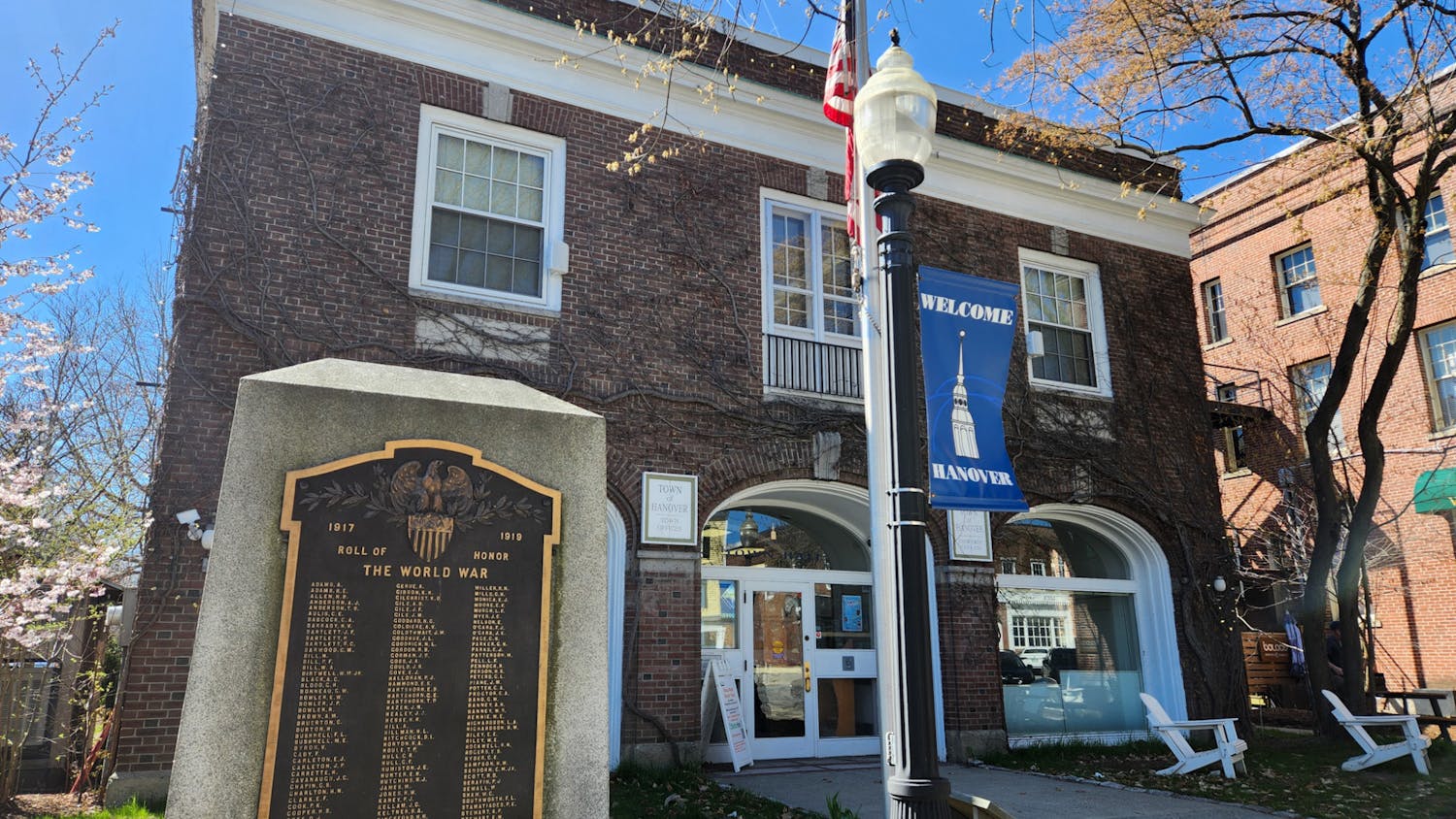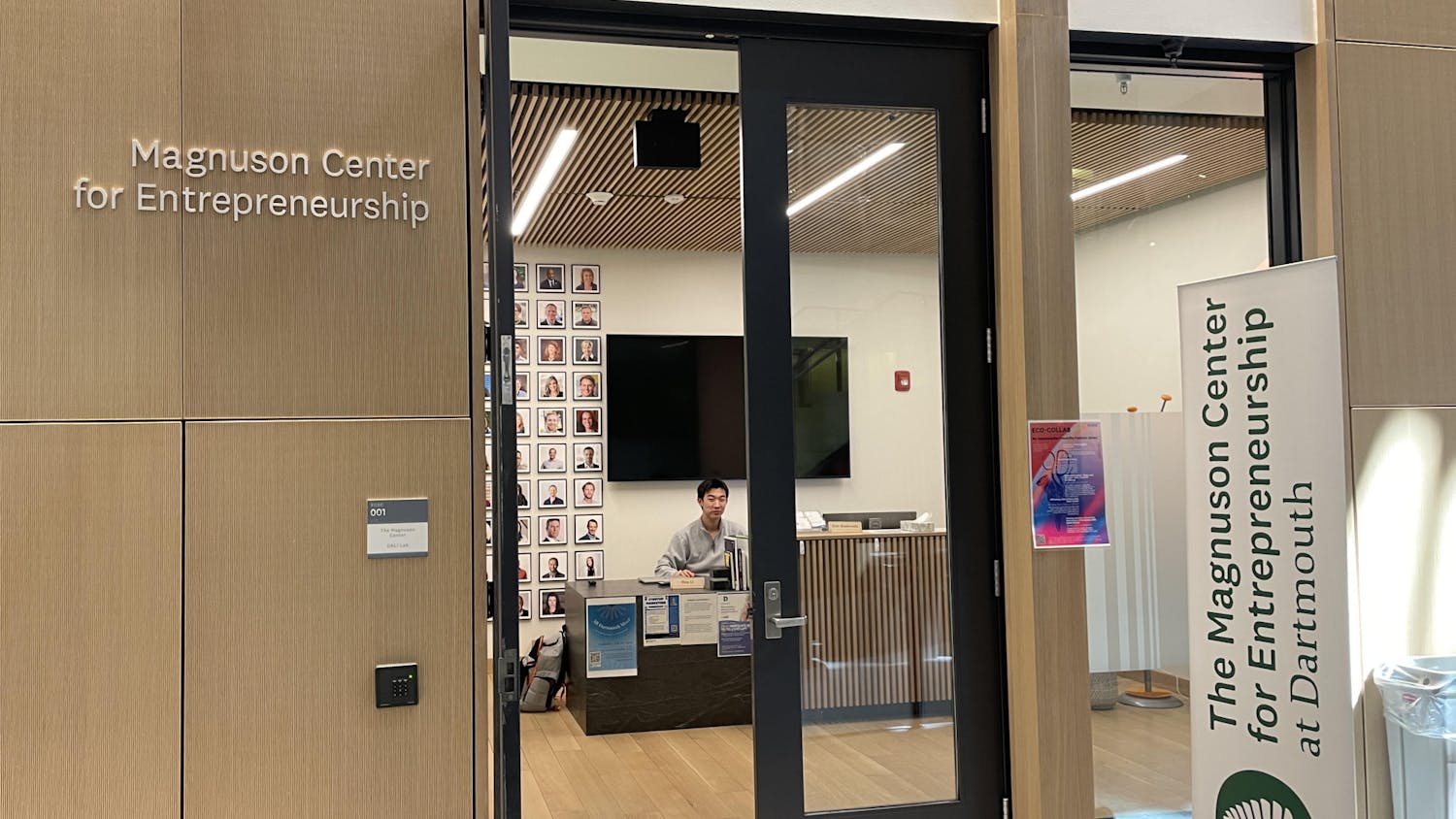The Board of Trustees approved a project to expand the Hood Museum and triple its classroom capacity during its September meeting and annual retreat over the weekend. The Trustees also received updates from across the College, including the Dartmouth Entrepreneurial Network, the “Moving Dartmouth Forward” presidential steering committee and the three graduate schools.
The Hood expansion will include three new object-study rooms that can accommodate a wider range of class sizes. With more than 1,000 students using the Hood for academics every year, the museum is an important part of the College’s “academic mosaic,” Board of Trustees chair Bill Helman ’80 said.
Helman started as chair in early June, replacing Steve Mandel ’78, who was appointed in 2010.
Currently, the Hood’s only classroom, the Bernstein Study-Storage Center, can accommodate 18 students. Architectural changes will also make the building more energy-efficient.
The Hood received $10 million, its largest-ever donation, to support these expansion efforts in June. The donation was the museum’s largest single gift since its 1985 opening and brought the Hood to $28 million of its $50 million goal, museum director Michael Taylor said at the time.
In a previous interview, Taylor said he hoped to have half of the $50 million goal in the bank and 85 percent pledged by April 2016, when the renovations were expected to begin. The renovated Hood should open by fall 2018.
Taylor could not be reached for comment by press time.
Over the weekend the trustees also visited the DEN Innovation Center and New Venture Incubator, set to open Oct. 1. The new center aims to promote student innovation while furthering College President Phil Hanlon’s goals of experiential, hands-on learning.
“Dartmouth has always had an innovation and entrepreneurship focus,” Helman said. “I think the new center and these initiatives formalize an approach to it. It’s exactly what we need.”
Hanlon announced his plan to create an innovation center in his inaugural address last September. The center, located in the renovated 4 Currier Place, was initially set to open early last winter, but faced delays during the construction permit approval process.
The “DEN in Residence,” a living learning community, is home to its first group of 30 students this term.
Resident Ke Zhao ’17 said she is most excited to meet fellow entrepreneurs. A supportive but intellectually challenging environment is key to the successful execution of ideas, she said.
The Board also discussed the upcoming expansion of the Thayer School of Engineering, which is set to begin soon depending on fundraising, Hanlon said. He noted that Thayer is small relative to other engineering schools. The Massachusetts Institute of Technology, Stanford University and University of California at Berkeley engineering schools, ranked top three according to U.S. News and World Report, enroll between 4,000 and 5,000 students, compared to fewer than 500 at Thayer.
Another session at the weekend meeting focused on the Geisel School of Medicine, as academic medical centers face changing funding and priorities from the federal government.
The search for a new dean of the Tuck School of Business is also well underway, Hanlon said.
Current dean Paul Danos will step down in June 2015 at the conclusion of his fifth term, making him the school’s longest-serving dean.
Interim Dean of the College Inge-Lise Ameer and campus planning vice president Lisa Hogarty gave a presentation on residential life concepts, including the neighborhood system, which would assign students to a residential cluster from the beginning of their time at Dartmouth similar to a house system.
This new residential system is in “active planning,” Hanlon said. “It’s bold, it’s transformational and it’s also very complex.”
Mandel announced the living learning communities and neighborhood system in a campus-wide email on March 21.
Presidential steering committee chair Barbara Will presented feedback from students and faculty on campus life, including Greek life, drinking and sexual assault.
Helman said high-risk behaviors are the largest problem currently facing the College.
John Damianos ’16, a student representative on the steering committee, praised Will for being attentive to student input.
“I’m most excited for the buzz and dialogue within the student body,” he said. “For a long time, there have been administrative pushes for change with some success but often without student backing. Professor Will listens to students on the committee and takes us seriously.”
The steering committee is scheduled to release recommendations in the coming months, he said.
Will could not be reached for comment by press time.
Hanlon said the Board’s September meeting generally focuses on long-range plans, not specifics. He expects the Board’s November meeting to focus more on steering committee recommendations and changes to residential life, along with academics.
Helman also expressed admiration for Hanlon and his vision for the College.
“Boards are a place to support a leader,” he said. “That’s the critical test of this year. We can always get better and that should be our goal.”




